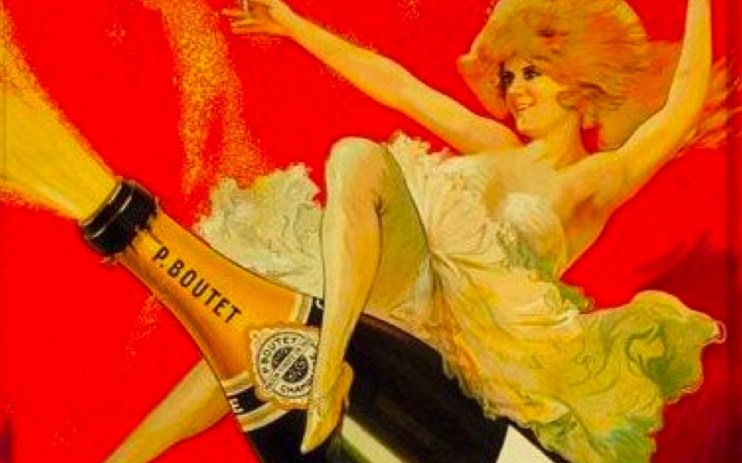Fizzing with possibilities: is champagne worth it?

Modern champagne developed about 150 years ago, when growers began to use the méthode champenoise to create their sparkling wine. It was much sweeter then than the drink we enjoy now, before the designation Brut was coined for the British market in the 1870s. But it was then, as it is now, the acme of luxury and even more of celebration, the quintessence of a good time had by all.
Real champagne, of course, must come from the region of France from which it takes its name, and must be made according to a complex set of rules and regulations with a long provenance. Accordingly, production currently runs at around 300 million bottles a year, and this restricted supply maintains a certain price premium.
Competition between supermarkets and their power of bulk buying means that a bottle of genuine champagne can be had for little more than £10, but for a recognisable ‘name’ like Moët and Chandon or Bollinger the going rate is more like £35-40. For a bottle which will yield six small glasses, that is a noticeable if not ruinous investment.
Champagne is therefore vulnerable to challenge on price. One pretender, a swaggering Perkin Warbeck, was cava, which goes back as far as champagne. Although it is produced in similar volumes to champagne, it is valued much less highly, and a bottle can easily be had for less than £10 from a big label like Freixenet or Codorníu.
Then there is the hen party’s gargle of choice, prosecco. 600 million bottles of the Italian fizz is made each year, and it has attracted a following that would be cult were it not so ubiquitous. “Save water, drink prosecco!” prattle the memes; “I make prosecco disappear; it’s my superpower.” Opting for Italian bubbles is now unremarkable in bars and even pubs: and why not? When a bottle in a pub costs the same as a bottle of champagne from an off-licence, you’d be a fool not to.
This really is the crux of the matter. If only fizz will do—and there are undoubtedly times when that is the case—is champagne worth the premium? When it can be undercut by its Spanish or Italian rivals so substantially, do you derive extra benefit from shelling out extra cash?
Up to a point, Lord Copper. If you are poised between prosecco and a basic ‘name’ champagne, go for the prosecco, or cava, or some other fizz. Champagne’s premium takes no account of the varying quality of the wine, so the less you pay, the bigger the proportion of your outlay is going on that premium and the smaller the amount is represented by the wine itself.
Dig a little deeper, however, and the value starts to assert itself. The experience of drinking good champagne is a transformative and uplifting one, quite different from swilling down slightly acrid or sharp bubbles chosen to a price point. A Laurent-Perrier vintage or a Ruinart blanc de blancs is a complex, dry, fruity, petillant treat which spirit you away from your workaday cares for a time and open up a world of lightness, dainty charm and good cheer. It is more than a glass of something, it is a temporary passport to a better place. The taste, the fizz, the idea of the champagne will uplift you.
Good champagne can be enjoyed on its own, but it also enlivens and elevates everything it touches. Oysters will sing all the sweeter, smoked salmon will seem richer and more luxuriant, a crêpe or tart will be more opulent and indulgent. Champagne cuts through but it also embraces, it is light and shade.
If you are persuaded, then, what is the best, the summit worth scrambling for? There is such a thing as “drinking the label”, experiencing the joy and indulgence of something you know to be a luxury, so you may opt for a vintage Dom Perignon, or the gaudy favourite of rappers, Louis Roederer’s Cristal.
In my experience, though, a quarter-century of hard-won expertise, there is nothing to match Pol Roger Cuvée Sir Winston Churchill. Pol Roger was the statesman’s favoured champagne for many years and in 1984 they released the wine which bears his name, with a vintage declared only in certain years. It is a creamy, fruity delight, dropping in hints of toasted nuts and sweet honeycomb, and it is something I have sampled rarely but always savoured. Is it worth the money? Try it for yourself. But a hint: the answer is ‘indubitably’.